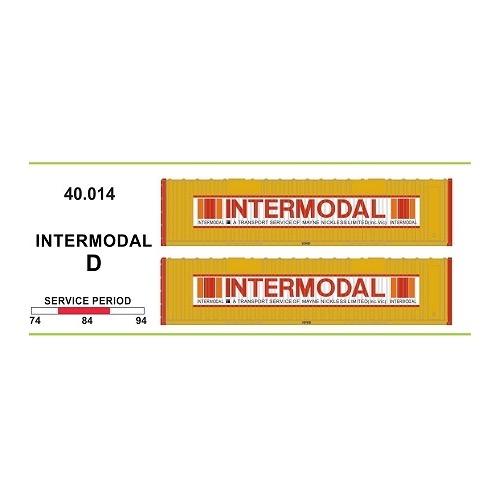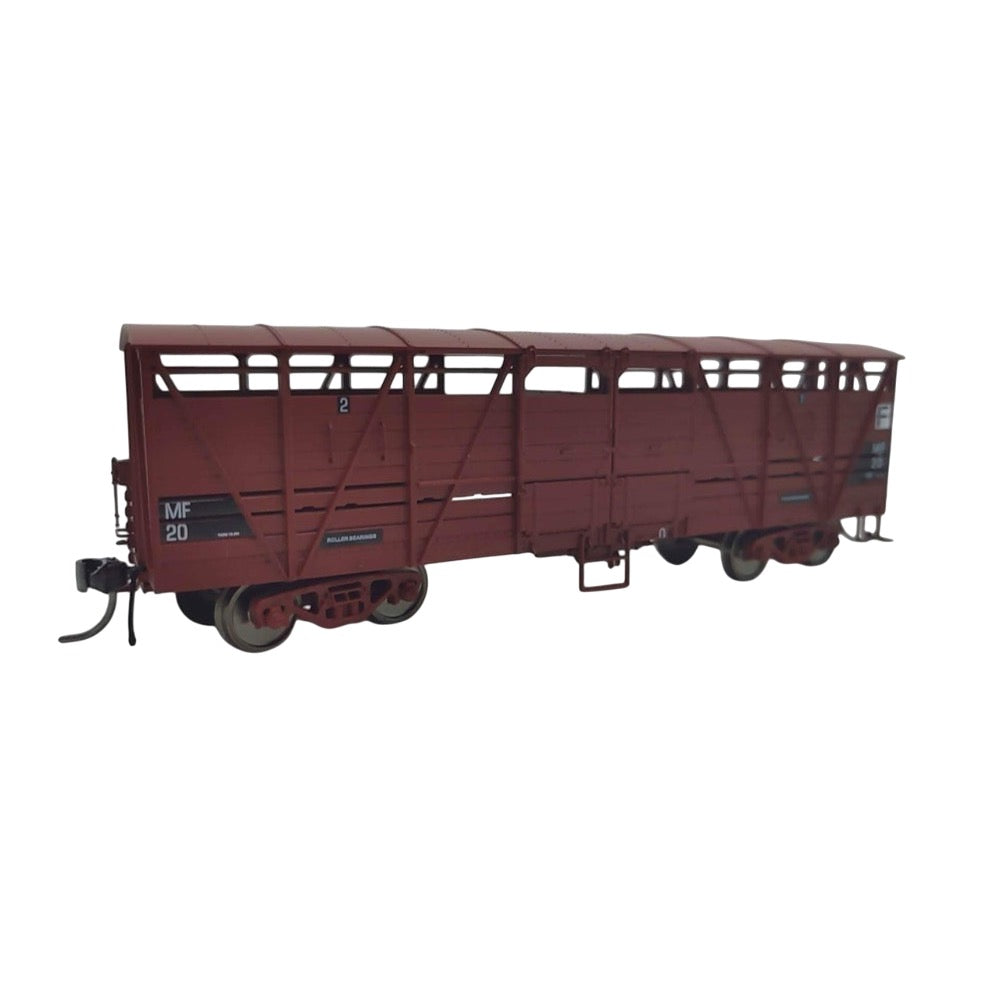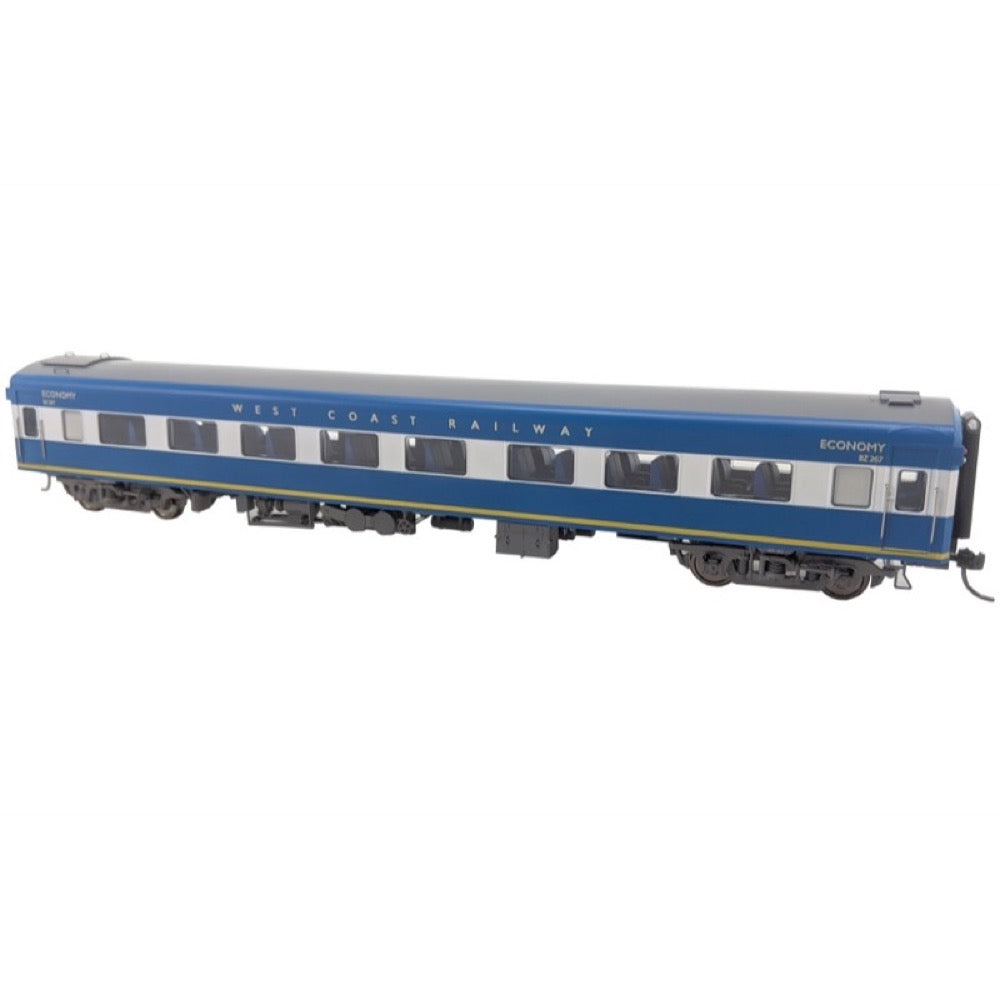
Powerline PC-521C HO BZ 270 West Coast Railways Z Type Carriage Eco
69.00
$
<p>Powerline PC-521C HO BZ 270 West Coast Railways Z Type Carriage Eco</p>
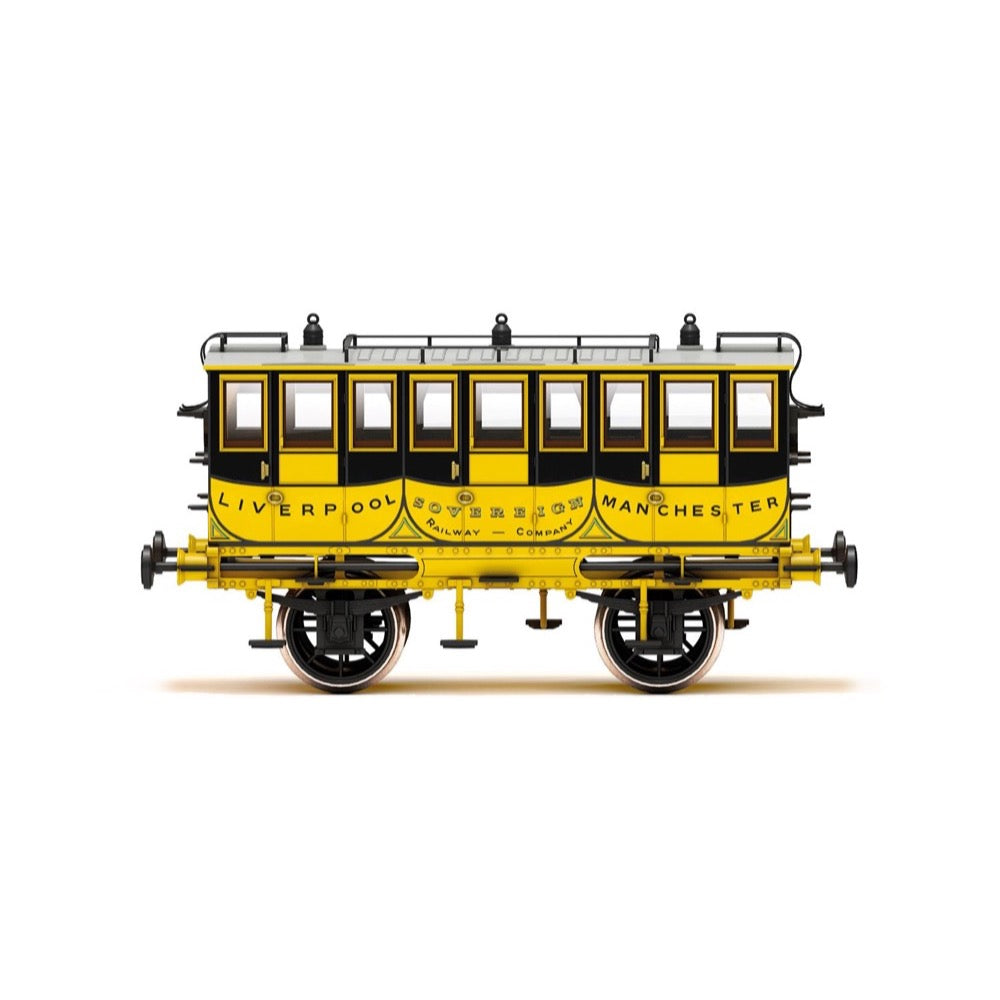
Hornby R40445 L&MR 1st Class Coach Sovereign 1804 - 1869
28.00
$
<p>The Liverpool & Manchester Railway opened to much fanfare on 15th September 1830. So much so, that a new station had to be built to satisfy passenger numbers and to plan for the ongoing ‘rail fever’ at the time. Liverpool Road Station saw passengers booking tickets and awaiting their train’s arrival. Passengers were separated into first and second class and had different booking halls and waiting rooms.</p>
<p>First-class passengers enjoyed a non-stop service between Liverpool and Manchester which was quicker than travelling via second-class trains. They travelled in ‘glass coaches’ that emulated the typical horse-drawn carriage common to the 19th century. First-class passengers also had the opportunity to stop at a first-class station and enjoy food and drink in the refreshment room. The selling of alcohol and food was forbidden for second-class passengers.</p>
<p>The ‘Sovereign’ first-class coach harkens back to a luxury era of travel and evokes a sense of being regal. The model resembles a horse-drawn carriage and is complete in an L&MR yellow livery. The accessory bag contains two chain couplings.</p>
<h4>Includes</h4>
<ul>
<li>1x Rolling Stock Coach</li>
</ul>
<h4>Technical Specifications</h4>
<div>
<ul>
<li>Item Length - Without Packaging (cm): 7.5</li>
<li>Item Height - Without Packaging (cm): 3.4</li>
<li>Item Width - Without Packaging (cm): 2.5</li>
<li>Item Weight - Without Packaging:0.0176</li>
<li>Item Scale: 1:76 Scale 00 Gauge</li>
<li>Finish: Painted</li>
<li>Colour: Yellow</li>
<li>Gauge: OO</li>
<li>Operator: L&MR</li>
<li>Designer: L&MR</li>
<li>Livery: L&MR Yellow</li>
<li>Minimum Curve (mm): Radius 2</li>
<li>Number of Parts: 1</li>
<li>Buffer Type: Separate Plastic Buffers</li>
<li>Coupling Type: Chains</li>
</ul>
</div>
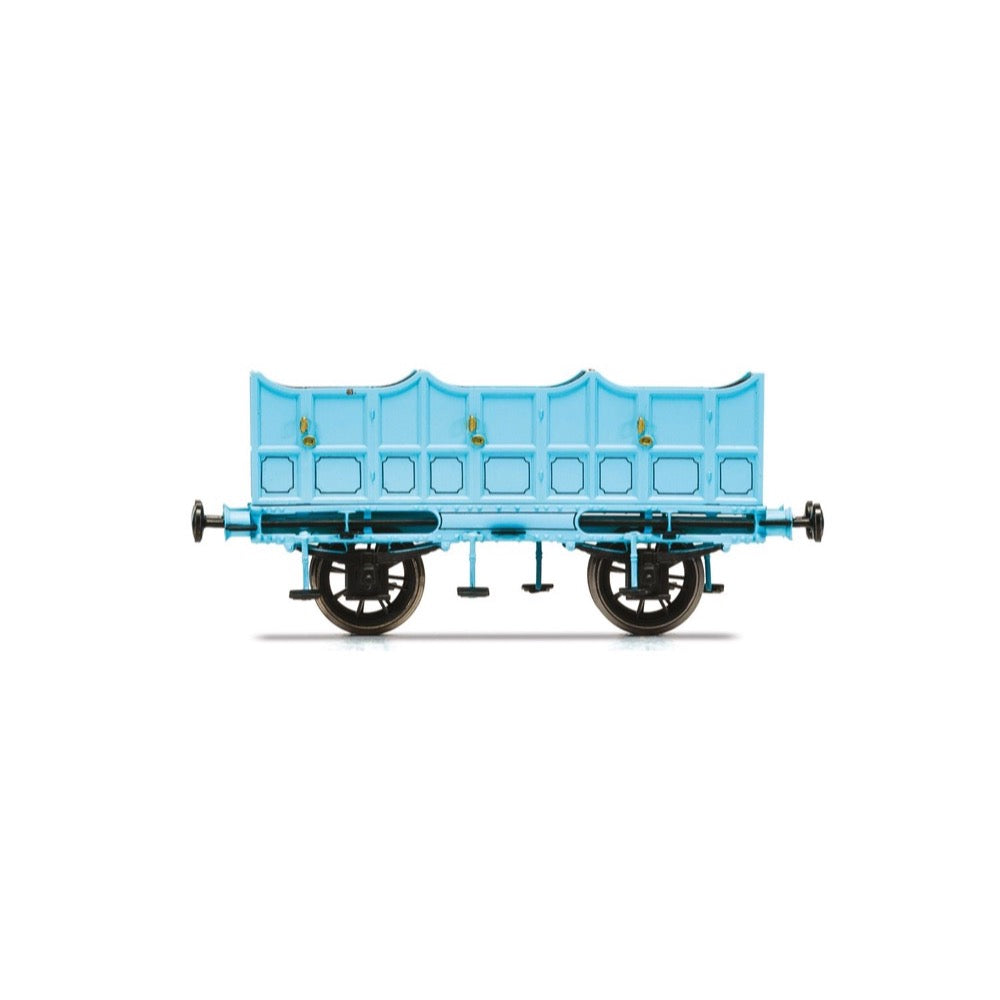
Hornby R40439 L&MR 3rd Class Coach 1804 - 1869
21.00
$
<p>Having established the concepts of first and second-class rail travel, it was only a matter of time before railway companies created a lower fare 'third class' for the carriage of the working classes, especially in the densely populated industrial areas. </p>
<p>Companies such as the Manchester, Bolton and Bury Railway, the Manchester and Leeds Railway, and the Sheffield, Ashton-under-Lyne and Manchester Railway all used open third-class carriages, mostly for standing passengers, but sometimes fitted with a rudimentary bench (or benches).</p>
<p>The L&MR considered creating a third class as early as 1839, due to market pressure from the MB&BR and M&LR, but the directors were afraid that, with its lower fares, it would draw passengers away from the first and second-class trains. </p>
<p>The introduction of third-class travel on the L&MR dates to April 1844, when the Board ordered new enclosed second-class coaches to replace the older 'blue boxes', which were then downgraded to third class.</p>
<p>The first of the L&MR third-class train services ran in October 1844, departing from Manchester at 06:30 and from Liverpool at 18:30.</p>
<p>This is an intricately detailed third-class coach model in a blue finish. The accessory bag contains two chain couplings.</p>
<h4>Include</h4>
<ul>
<li>1x Rolling Stock Coach</li>
</ul>
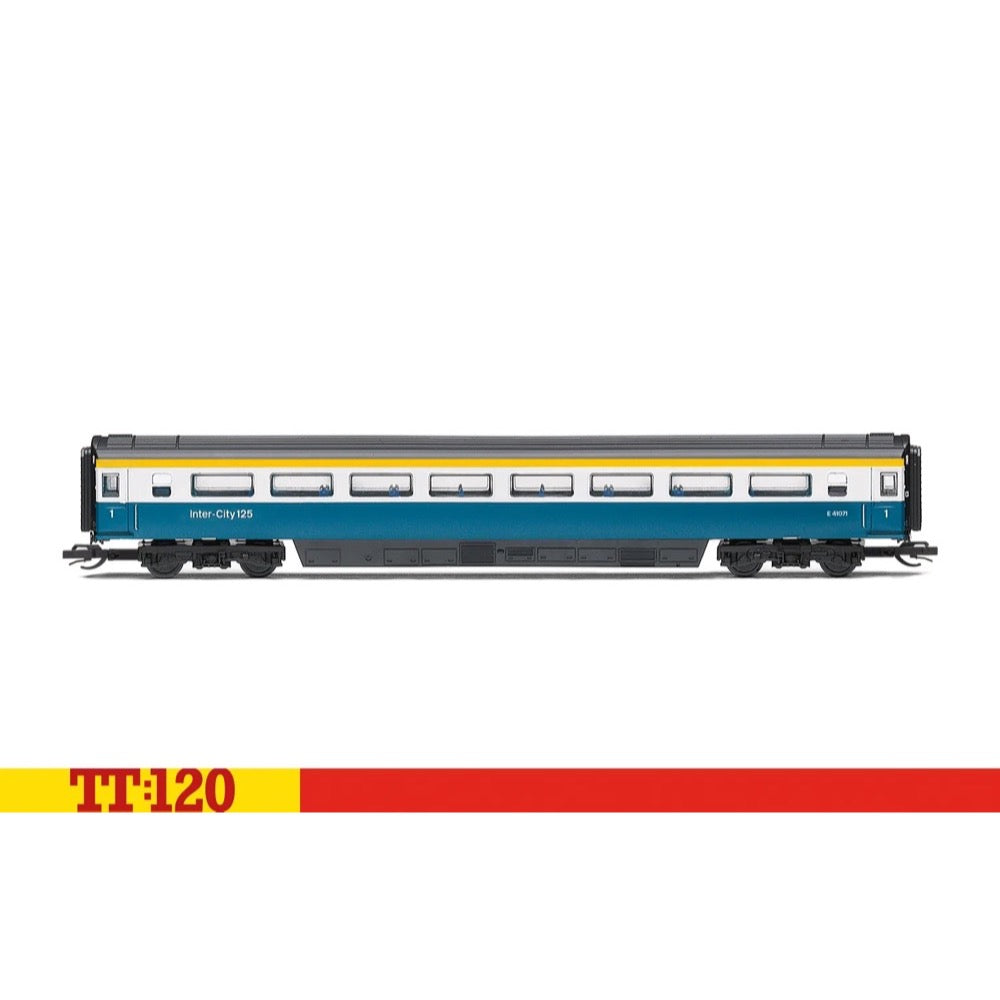
Hornby TT4025 TT BR Intercity Mk3 Tourist First E41071
27.00
$
<p>In-order to allow running at 125 mph on Britain's Victorian era railways, new rolling stock was needed by British Railways. Significant improvements over the Mk2 included new secondary air suspension between the bogies and the coach body as well as aerodynamic skirting on the underframe.</p>
<p>Mk3 coaches are 75ft (23m) long, enabling far greater capacity than older coaches. Mk3 coaches also incorporate disk brakes and wheel slip protection enabling faster deceleration. The first Mk3 coaches to be delivered were used as part of the HST prototype along with the two Class 41 diesel power cars in 1972. Mk3 coaches entered service in 1975 along with the Class 43 forming the iconic InterCity 125 trainset. After the HST Mk3 coach variant was introduced, further Mk3 coaches were introduced to the West Coast Mainline for use as part of locomotive hauled trains. Whilst Mk3 stock is standard for HST units, the standard locomotive hauled stock is Mk3a. Mk3a stock differs from Mk3 stock due to the inclusion of buffers as well as a different electrical system that uses motor generator units in each coach to power air conditioning and other ancillaries Mk3a stock was built until 1984, before 3B stock with improved seating and lighting was built from 1985 to 1988.</p>
<p>The Mark 3 coaches were introduced into service with the Class 43s as the Intercity 125 service. This top flight service was dressed in a variation of BR Blue with a grey window surround. The Class 43s would be painted in a complimentary colour scheme with yellow noses for safety reasons. The Mark 3 coaches would continue in service in this scheme until the late 1990s. In preservation, some of these coaches have had this distinctive livery reapplied.</p>
<h3>Specification</h3>
<ul>
<li>Item Length - Without Packaging (cm): 19</li>
<li>Item Height - Without Packaging (cm): 2.2</li>
<li>Item Width - Without Packaging (cm): 2</li>
<li>Item Weight - Without Packaging: 0.05</li>
<li>Item Scale: 1:120 Scale</li>
<li>Finish: Painted</li>
<li>Colour: Multiple</li>
<li>Gauge: TT</li>
<li>Operator: BR</li>
<li>Designer: BR</li>
<li>Livery: BR Blue and Grey</li>
<li>Minimum Curve (mm): Radius 1</li>
<li>Number of Parts: 1</li>
</ul>

Hornby TT4029 TT BR Intercity Mk3 Tourist First 41099
27.00
$
<p>In-order to allow running at 125 mph on Britain's Victorian era railways, new rolling stock was needed by British Railways. Significant improvements over the Mk2 included new secondary air suspension between the bogies and the coach body as well as aerodynamic skirting on the underframe.</p><p>Mk3 coaches are 75ft (23m) long, enabling far greater capacity than older coaches. Mk3 coaches also incorporate disk brakes and wheel slip protection enabling faster deceleration. The first Mk3 coaches to be delivered were used as part of the HST prototype along with the two Class 41 diesel power cars in 1972. Mk3 coaches entered service in 1975 along with the Class 43 forming the iconic InterCity 125 trainset. After the HST Mk3 coach variant was introduced, further Mk3 coaches were introduced to the West Coast Mainline for use as part of locomotive hauled trains. Whilst Mk3 stock is standard for HST units, the standard locomotive hauled stock is Mk3a. Mk3a stock differs from Mk3 stock due to the inclusion of buffers as well as a different electrical system that uses motor generator units in each coach to power air conditioning and other ancillaries Mk3a stock was built until 1984, before 3B stock with improved seating and lighting was built from 1985 to 1988.</p><p>As BR began to move away from the corporate blue livery, some of the Mark 3 coaches and complimentary Class 43 units were painted into a new Intercity Executive livery. This livery consisted of a dark grey upper body, a stripe of white and red and a light beige sand colour on the bottom of the body. While this would be a popular and long lasting livery, the name Executive was dropped from the side of the units as the livery took over as the only one applied to Intercity sets.</p><h3>Specifications</h3><ul>
<li>Item Length - Without Packaging (cm): 19</li>
<li>Item Height - Without Packaging (cm): 2.2</li>
<li>Item Width - Without Packaging (cm): 2</li>
<li>Item Weight - Without Packaging: 0.05</li>
<li>Item Scale: 1:120 Scale</li>
<li>Finish: Painted</li>
<li>Colour: Multiple</li>
<li>Gauge: TT</li>
<li>Operator: BR</li>
<li>Designer: BR</li>
<li>Livery: BR Intercity</li>
<li>Minimum Curve (mm): Radius 1</li>
<li>Number of Parts: 1</li>
</ul>
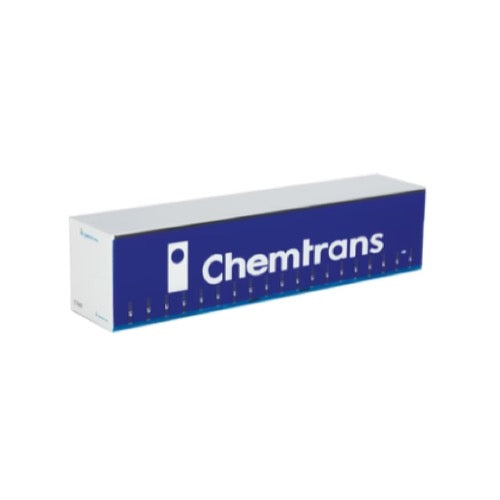
On Track Models 40CS-29 Chemtrans CTR87/CTR90 40ft Curtain Sided Containers
13.00
$
<h3>Curtain Sided 40' Containers</h3>
<p>On Track Models has produced a range of HO Scale Shipping Containers that are not only colourful but accurate in their design.</p>
<p>These are the quintessential container design of the late 1980's through to today, these containers has been in service with numerous companies over the years.</p>
<p>Many of these still exist today but not with their original purchasers as many of these companies have been brought out or merged with their competitors.</p>
<p>These containers can be seen on interstate rail services all over Australia.</p>
<h3>Features</h3>
<ul>
<li>
<p>Two HO Scale 40' Curtain Sided Containers</p>
</li>
<li>
<p>Style: Chemtrans</p>
</li>
<li>
<p>Container numbers: CTR87 & CTR90</p>
</li>
<li>
<p>Era covered: Early to Late 1990's</p>
</li>
</ul>
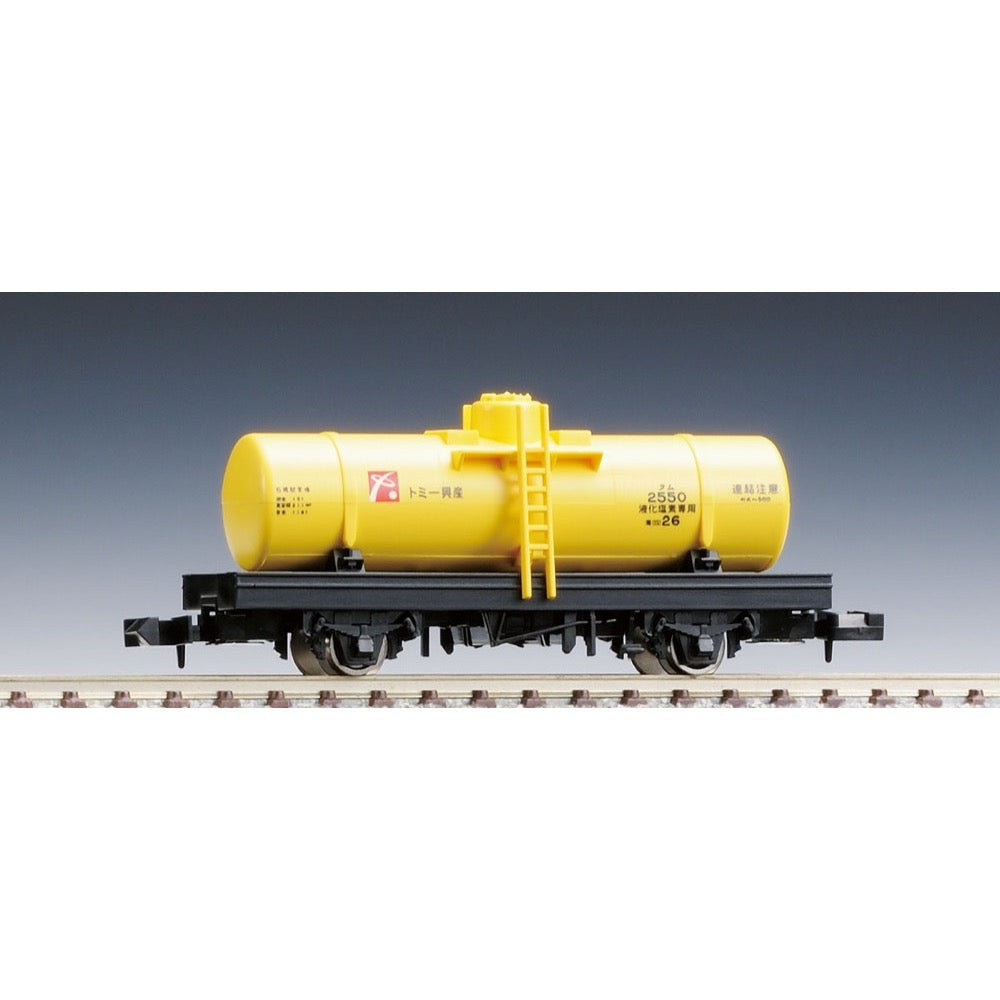
Tomix 2724 N Wagon Tamu 500(yellow)
6.00
$
<p>This product is modeled after the Tam 500 type two-axle tank car, which is used to transport liquids such as gasoline and chemicals.</p>
<h3>Features</h3>
<ul>
<li>Reproduced in yellow to resemble a liquid chlorine transport freight car</li>
<li>The car number is printed with Tam 2550</li>
<li>Can run on mini curves when connected to mini curve compatible locomotives (ED61, EF65, EH500, etc.)</li>
<li>Silver wheels used</li>
</ul>
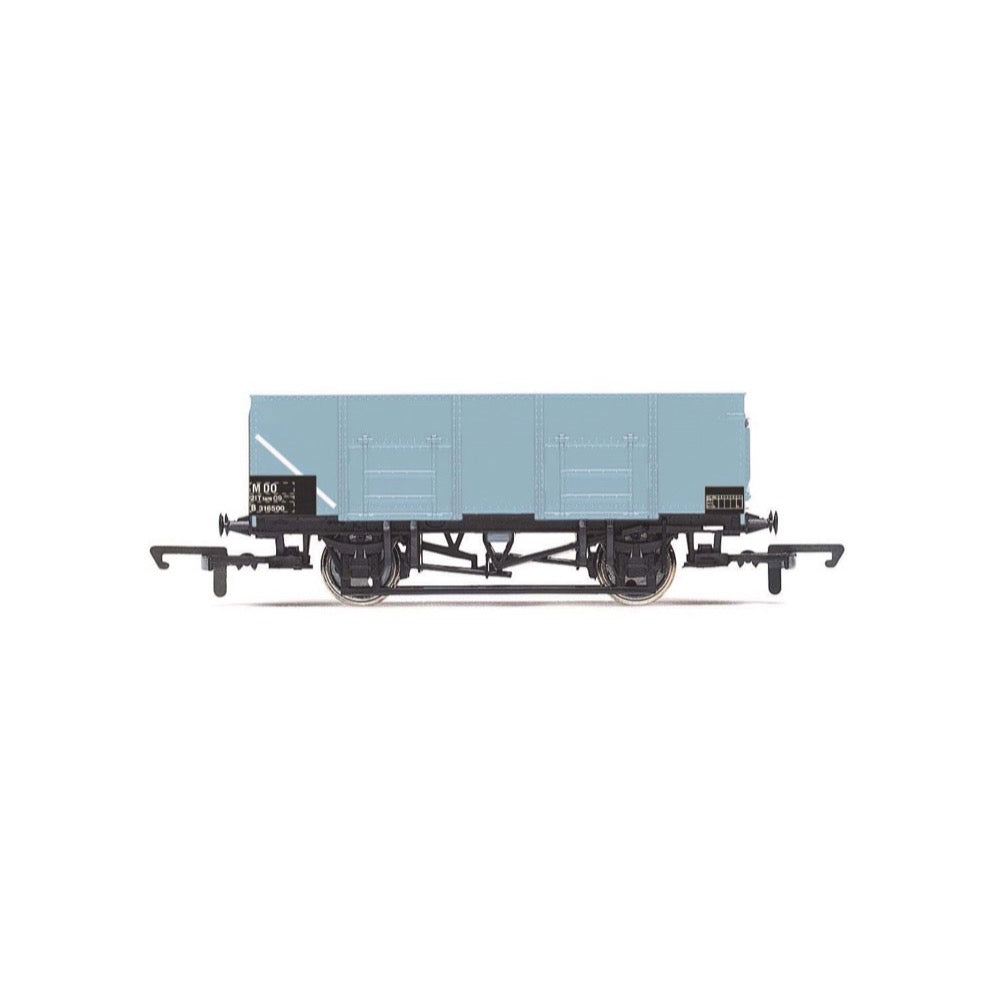
Hornby R6905 BR 21T Mineral Wagon B316500 - Era 6
17.00
$
<p>Era 6 was one in which diesel and electric locomotives were being introduced to passengers as modernisation started to quickly take hold.</p>
<h3>Specification </h3>
<ul>
<li>Item Scale: 1:76 Scale 00 Gauge</li>
<li>Finish: Painted</li>
<li>Colour: Blue</li>
<li>Minimum radius curve: Radius 1</li>
<li>Coupling: NEM</li>
<li>Operator: British Railways</li>
<li>Livery: BR grey</li>
</ul>
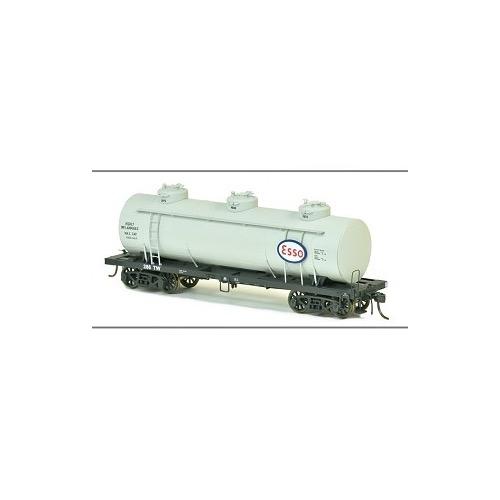
SDS Models HO VR TWF 10000 Gallon Tank Car TWF 286 Esso
29.00
$
<h3>10000 Gallon Rail Tank Car Series</h3><p>SDS Models is producing a range of 10 000 gallon rail tank cars based upon a standard VR design 38 foot welded underframe. These HO Gauge models are presented with four unique, oil company specific, tank designs and accurately portrait the prototypical differences between each companies versions to meet their intended requirements. The models cover all major brands used in Victoria with the exception of the Shell Oil Company whose fleet rode on 36 foot riveted underframes.</p><h3>The models are available in triple-packs and are categorised into three groups:</h3><ul>
<li>OT - as delivered in the early 1950s to the early 1960s</li>TW / TWF - 1960s to the late 1970s<li>VTQA / VTQF / VTQY - 1980s and 1990s.</li>
</ul><h3>Model Features:</h3><ul>
<li>Highly detailed Ready-to-Run HO scale model</li>
<li>Injection moulded high quality plastic body</li>
<li>Etched metal walkways</li>
<li>Full brake rigging and underfloor detail</li>
<li>Semi scale metal rimmed wheels</li>
<li>OT bogie, 5’11” wheelbase with 36" diameter wheels.</li>
<li>Genuine Kadee #158 whisker coupler</li>
<li>18” Minimum radius recommended</li>
</ul>
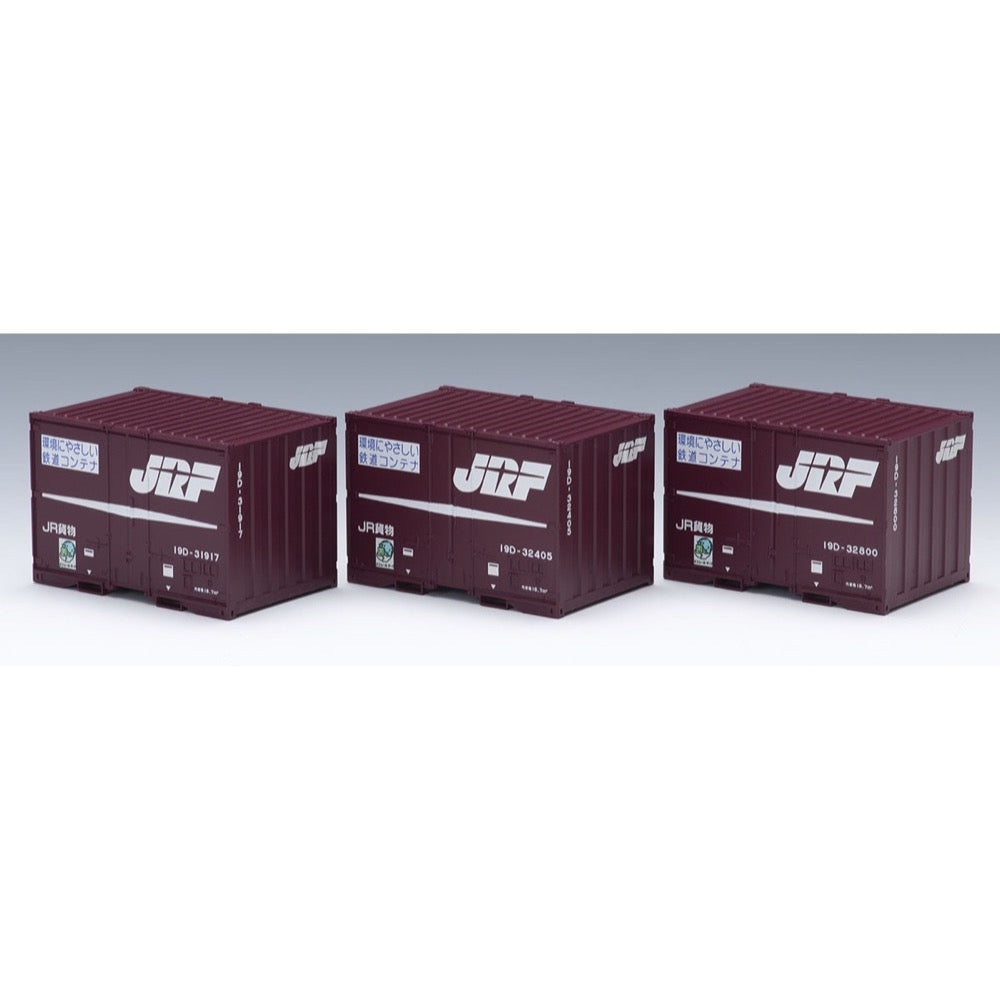
Tomix 53144 HO 19D Type Container3pcs. Set
15.00
$
<p>The 19D type container is a JR container that began production in 1995. It is a 5t (12ft) covered container with doors on both sides.</p>
<h3>Features</h3>
<ul>
<li>3 pieces included</li>
<li>Reproduces the appearance with ribs on the top surface</li>
<li>Numbers and various markings are printed</li>
<li>Ecorail mark is printed</li>
<li>Can be installed on freight cars such as Tomix Koki 106 type</li>
</ul>
<p><em>Special notes</em></p>
<ul>
<li>Numbers may vary depending on the product</li>
<li>There are 15 types of numbers in total</li>
</ul>


